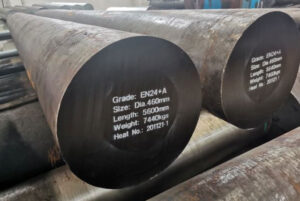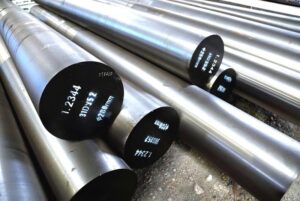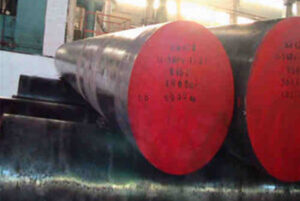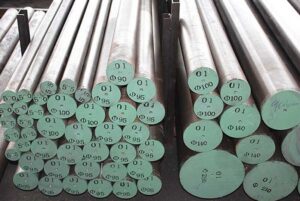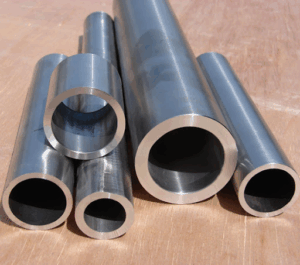Overview of Special Steel 410/410S
Special Steel 410 and 410S are martensitic stainless steels, which are well-known for their high strength, excellent wear resistance, and good corrosion resistance. These properties make them ideal for a variety of industrial applications, including cutlery, fasteners, and valves. Both steels can be heat treated to enhance their mechanical properties, making them versatile and reliable choices for demanding environments. In this guide, we will explore the chemical composition, mechanical properties, heat treatment processes, applications, and more for Special Steel 410/410S.
Chemical Composition of Special Steel 410/410S
Understanding the chemical composition is crucial as it determines the steel’s properties and suitability for various applications. The table below outlines the typical chemical composition of 410 and 410S.
| Element | Special Steel 410 (%) | Special Steel 410S (%) |
|---|---|---|
| Carbon | 0.08-0.15 | ≤0.08 |
| Chromium | 11.5-13.5 | 11.5-13.5 |
| Manganese | ≤1.00 | ≤1.00 |
| Silicon | ≤1.00 | ≤1.00 |
| Phosphorus | ≤0.040 | ≤0.040 |
| Sulfur | ≤0.030 | ≤0.030 |
| Nickel | ≤0.75 | ≤0.60 |
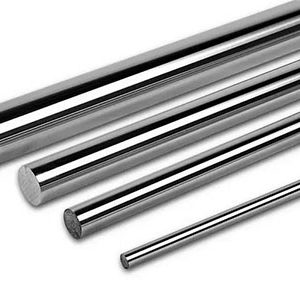
Mechanical Properties of Special Steel 410/410S
Mechanical properties are key to determining how the material will perform under different conditions. Here’s a detailed look at the mechanical properties of both 410 and 410S.
| Property | Special Steel 410 | Special Steel 410S |
|---|---|---|
| Tensile Strength (MPa) | 415-860 | 450-650 |
| Yield Strength (MPa) | 205 | 205 |
| Elongation (%) | 20 | 22 |
| Hardness (HB) | 180-200 | 160-200 |
Heat Treatment of Special Steel 410/410S
Heat treatment can significantly alter the properties of steel. Here’s how 410 and 410S respond to different heat treatment processes.
| Treatment | Temperature (°C) | Process | Resulting Properties |
|---|---|---|---|
| Annealing | 815-900 | Slow cooling in furnace | Softens the steel, improves ductility |
| Hardening | 980-1035 | Oil or air quench | Increases hardness and strength |
| Tempering | 150-370 | Reheat after hardening | Adjusts hardness, increases toughness |
| Stress Relieving | 650-675 | Heat to temperature and cool in air | Reduces internal stresses |
Applications of Special Steel 410/410S
Both 410 and 410S steels are used in a wide range of applications due to their unique properties. Below is a table showcasing various uses.
| Application | Special Steel 410 | Special Steel 410S |
|---|---|---|
| Cutlery | Yes | Yes |
| Fasteners | Yes | Yes |
| Valves | Yes | Yes |
| Pump Shafts | Yes | Yes |
| Petrochemical Equipment | Yes | Yes |
| Steam Turbines | Yes | Yes |
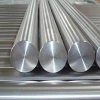

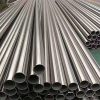
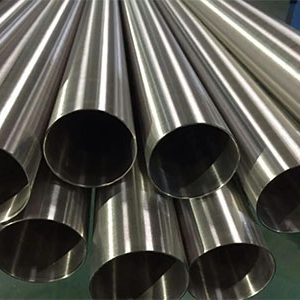
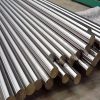
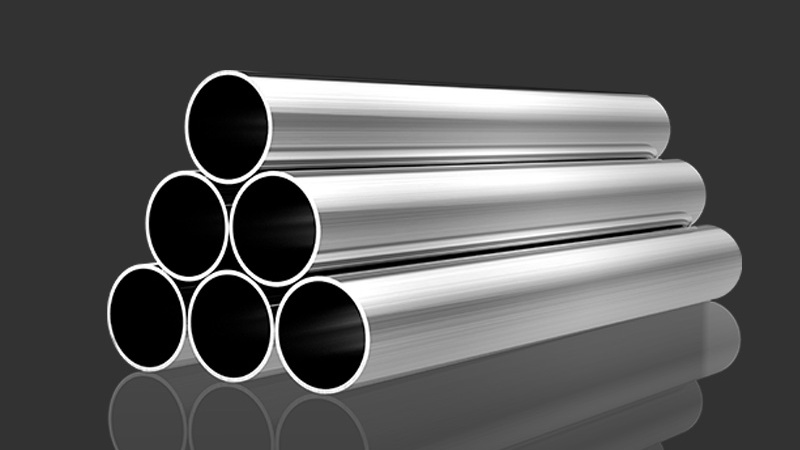
Suppliers and Pricing Details
When considering purchasing Special Steel 410/410S, knowing the suppliers and pricing details is essential. Here’s a comparison of some suppliers and their offerings.
| Supplier | Product Range | Price per kg (USD) | Availability | Quality Certification |
|---|---|---|---|---|
| Supplier A | 410, 410S sheets/rods | 3.50 | High | ISO 9001 |
| Supplier B | 410, 410S plates | 3.75 | Medium | ASTM |
| Supplier C | 410, 410S bars | 3.65 | High | EN10204 |
| Supplier D | 410, 410S tubes | 3.60 | Low | ISO 14001 |
Comparing Advantages and Disadvantages
Understanding the strengths and weaknesses of Special Steel 410/410S helps in making informed decisions.
| Feature | Special Steel 410 | Special Steel 410S |
|---|---|---|
| Corrosion Resistance | Good | Good |
| Strength | High | Moderate |
| Heat Treatment Response | Excellent | Good |
| Weldability | Moderate | Better |
| Machinability | Fair | Better |
| Cost | Moderate | Moderate |
Detailed Insights and Context
What Makes Special Steel 410/410S Stand Out?
Special Steel 410/410S is renowned for its versatility and robustness. These steels are often compared to a Swiss army knife – adaptable and reliable in various scenarios. The high chromium content provides excellent corrosion resistance, akin to a knight’s armor in a medieval battle, while the moderate carbon content balances strength and toughness, much like a finely tuned sports car engine.
Diving into Chemical Composition
The chemical composition of 410/410S plays a pivotal role in defining their properties. The higher carbon content in 410 ensures it can be hardened through heat treatment, making it ideal for cutting tools and blades. In contrast, 410S, with its lower carbon content, offers better weldability and is less prone to hardening, which is beneficial in applications requiring extensive welding without the risk of cracking.
Exploring Mechanical Properties
The mechanical properties reveal how these steels will perform under stress. Special Steel 410 is like a high-performance athlete, excelling in strength and hardness. This makes it perfect for applications where wear resistance is critical. On the other hand, 410S, with slightly lower tensile strength but better elongation, is akin to a marathon runner, capable of enduring prolonged stress without failure.
Heat Treatment: Tailoring Performance
Heat treatment allows us to tailor the properties of these steels to specific needs. Annealing softens the steel, making it easier to machine, much like a potter softening clay to mold it. Hardening increases strength and wear resistance, essential for cutting tools that need to maintain sharp edges. Tempering adjusts the hardness, trading some brittleness for toughness, much like tempering chocolate to achieve the perfect balance between snap and melt.
Applications: Where Do They Shine?
The versatility of Special Steel 410/410S is evident in their wide range of applications. From the sharp precision of cutlery to the robust demands of petrochemical equipment, these steels perform reliably. Imagine a chef’s knife cutting through tough meat – that’s the resilience of 410 steel. In contrast, 410S is more like a reliable valve in a steam turbine, withstanding high temperatures and pressures without failure.
Suppliers and Pricing: Making Informed Choices
When selecting a supplier, consider factors beyond price, such as availability and certification. Supplier A offers a broad product range with high availability, making it a dependable choice for large projects. Supplier B might be pricier, but their certification ensures high quality, much like choosing a luxury car for its guaranteed performance.

FAQ
| Question | Answer |
|---|---|
| What is the main difference between 410 and 410S? | 410 has higher carbon content, making it harder and stronger, while 410S has lower carbon content, improving weldability and reducing hardening. |
| Can 410/410S be used in high-temperature applications? | Yes, both can be used in high-temperature environments, but proper heat treatment is crucial for optimal performance. |
| How does the corrosion resistance of 410/410S compare to other stainless steels? | 410/410S offer good corrosion resistance but are outperformed by austenitic grades like 304 or 316 in highly corrosive environments. |
| Is Special Steel 410/410S suitable for welding? | 410S is more suitable for welding due to its lower carbon content, reducing the risk of weld cracking. |
| What industries commonly use 410/410S? | These steels are commonly used in the automotive, aerospace, petrochemical, and cutlery industries due to their strength and versatility. |
Conclusion
Special Steel 410/410S stands out for its unique balance of strength, wear resistance, and corrosion resistance. Understanding the chemical composition, mechanical properties, heat treatment processes, and applications helps in making informed decisions for various industrial needs. Whether you’re looking for high-performance materials for cutting tools or durable components for industrial machinery, 410 and 410S offer reliable solutions. By exploring suppliers, pricing, and specific advantages and disadvantages, you can choose the best steel for your specific application, ensuring optimal performance and longevity.

